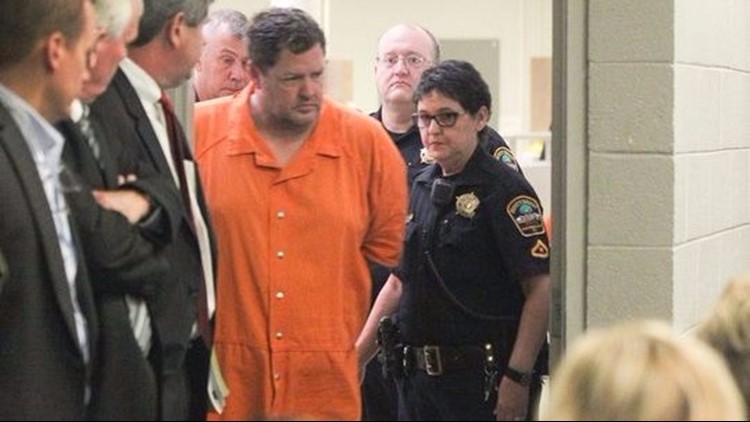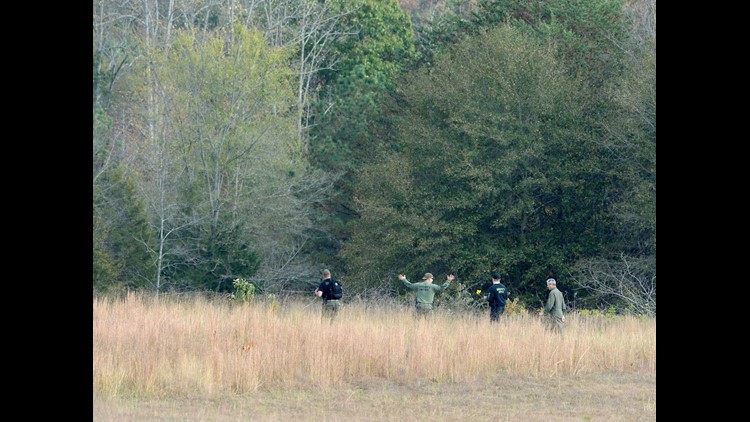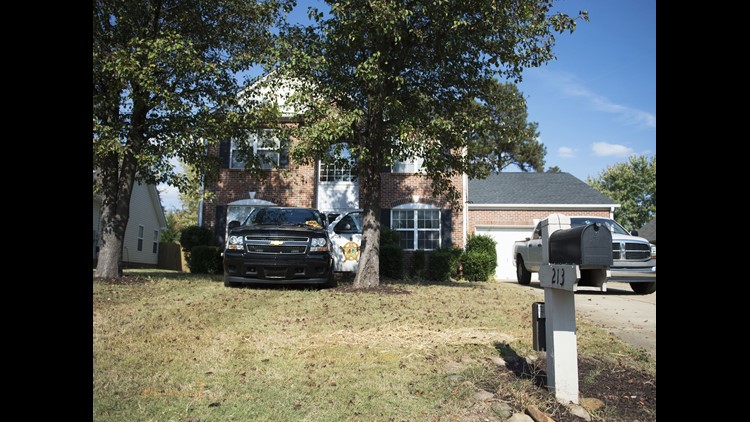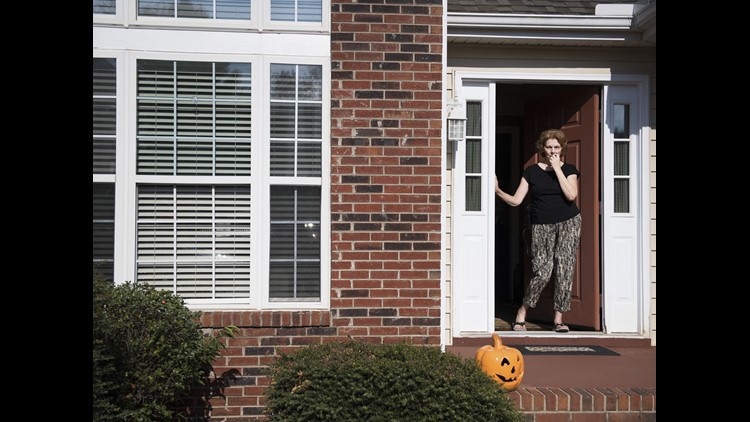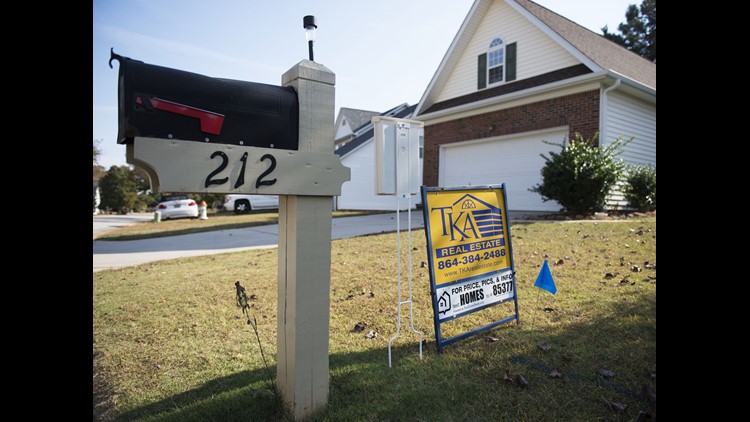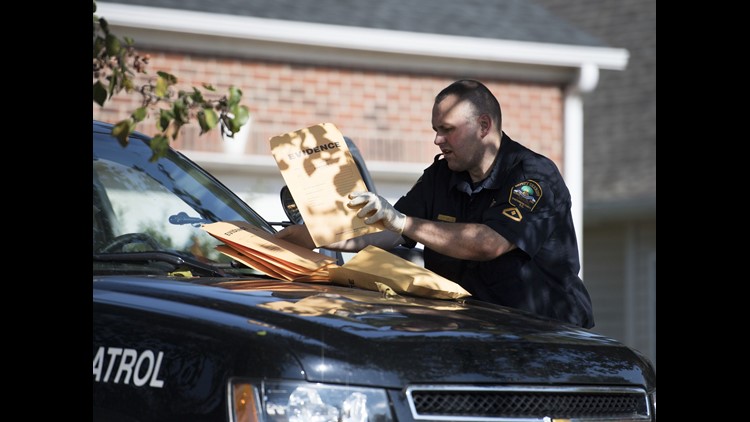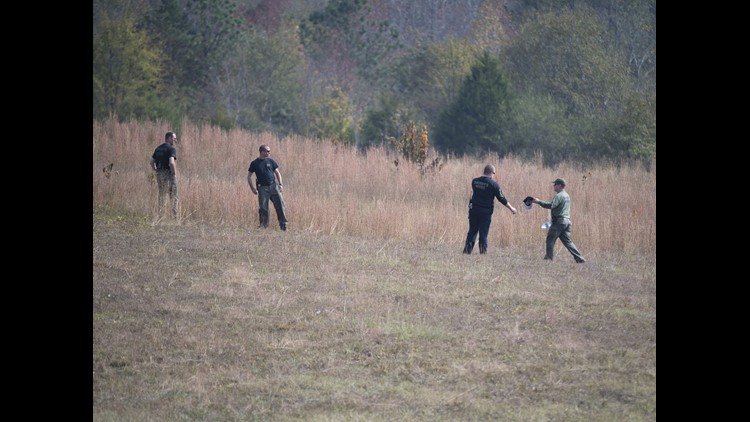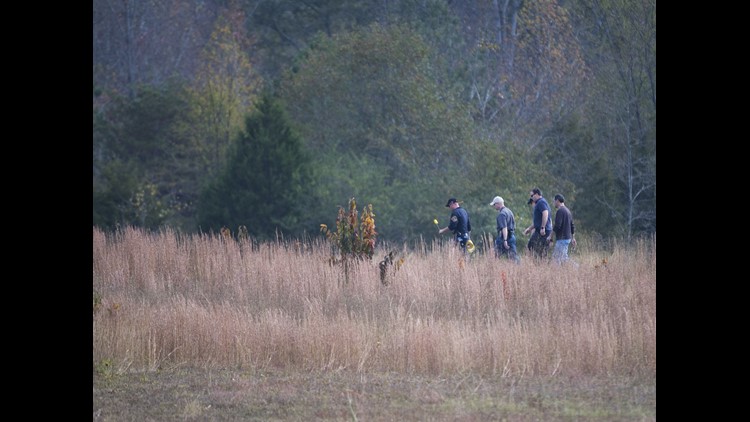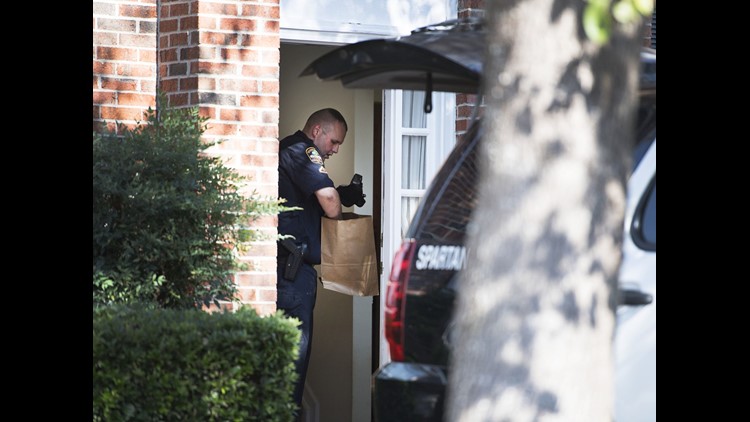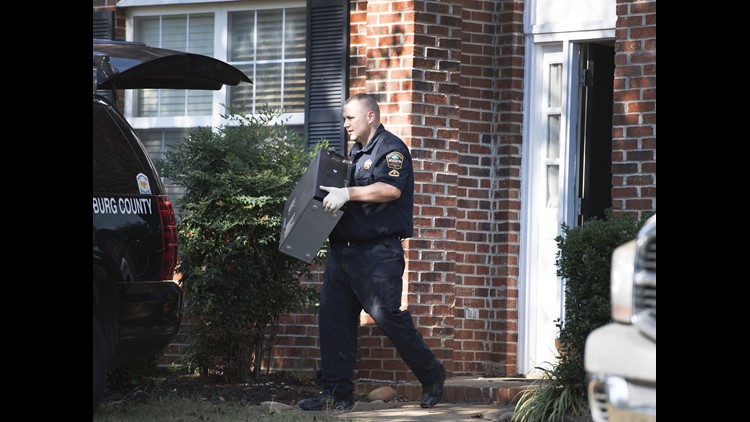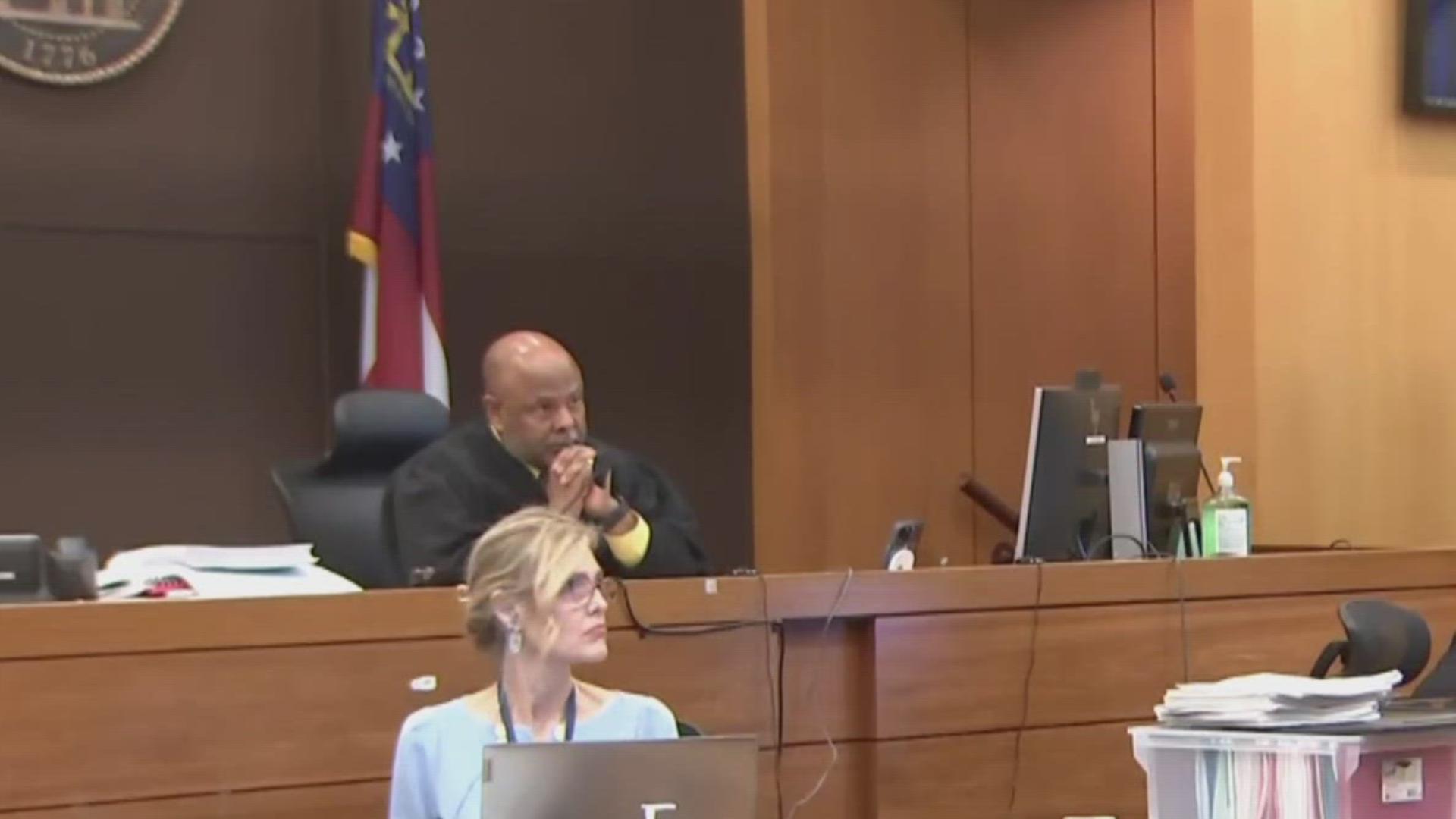COLUMBIA, S.C. — Could a serial killer have operated undetected in South Carolina for more than a decade?
With the arrest of Todd Christopher Kohlhepp on murder charges stemming from the deaths of four people at Superbike Motorsports 13 years ago and the discovery of three bodies on his Spartanburg County, S.C., property, some wonder how a killer could elude capture for years.
The answer, experts say, is that it is not uncommon for serial killers to go undetected, in part because they blend so well into their communities and sometimes take pauses from their crimes that can last months or years.
In fact, these “cooling off” periods used to be part of the definition of serial killers to distinguish them from mass murderers, which the FBI defines as the murder of at least four people in a single incident. Serial killers are those who kill at least two people in separate incidents, according to the agency.
PHOTOS: Missing woman found alive in SC
PHOTOS: Missing woman found alive in SC
One of the bodies discovered on Kohlhepp's 95-acre property near Woodruff was that of Charles Carver, missing since late August. Authorities have not identified the other two bodies or said when they might have been killed.
Experts said it is highly unusual for a serial killer to begin with a mass murder.
“This is one of a kind, extremely rare,” said Dr. Eric Hickey, who has studied serial killers for 35 years and assisted law enforcement and the FBI.
Enzo Yaksic, who runs Northeastern University’s Murder Accountability Project and has built a database on serial killers for use by law enforcement, described that pattern as "incredibly uncommon.”
“I don’t think I’ve seen that in any other case before," he said.
Experts said many serial killers appear so normal they don’t raise suspicions and sometimes cultivate that appearance in what amounts to be dual lives.
“These offenders remain undetected for large expanses of time due to a mixture of diligence on their part, a carefully constructed façade, the types of victims that they select and lucky breaks,” said Yaksic, who served as a technical consultant for the upcoming A&E show, The Killing Season.
Dr. Helen Morrison, an expert on serial killers who said she has interviewed 115 of them, said serial killers often go undetected because of their apparent normalcy.
“In fact, most people are shocked when they find the person who is finally arrested because they will say he is a very nice person, he didn’t cause any trouble,” she said. “They are able to be chameleons. They can manage to live a life undetected.”
That also was the finding of a five-day symposium on serial killers hosted by the FBI in 2005 attended by 135 experts, including Hickey.
“The majority of serial killers are not reclusive social misfits who live alone. They are not monsters and may not appear strange. Many serial killers hide in plain sight within their communities," the FBI wrote in its summary of the discussions, which serves as a reference guide on serial killers.
As evidence, the agency pointed to several serial killers who eluded authorities for years:
The “Green River Killer,” Gary Ridgeway, confessed to killing 48 women over a 20-year time period in the Seattle area, according to the FBI. He had been married three times and was still married at the time of his arrest, the agency said.
The “BTK Killer,” Dennis Rader, killed 10 victims in and around Wichita, Kan., according to the FBI. He was married with two children, was a Boy Scout leader, served honorably in the U.S. Air Force, was employed as a local government official, and was president of his church.
Morrison said serial killers appear so “vanilla” that they do not stick out to law enforcement.
“Every time I go into one of these people, I find myself saying, ‘Oh, he couldn’t possibly be a serial murderer,’ ” she said. “They seem utterly normal.”
But if you talk to them for several hours, she said, that mask disappears.
Experts say there is no single profile that fits all serial killers, though there are common traits. Myths abound, they say, such as the popular misconception of a serial killer who is a highly intelligent white male motivated by sex.
While many are white males, Hickey said, about half the serial killers in this country are African American.
Morrison said that the majority are males, but many lack advanced education and many have no criminal record as an adult, though they may have had brushes with the law as juveniles. They often sport a middle-class lifestyle, she said, and have few close friends but are not recluses and are expert manipulators.
“They can talk their way out of or into anything,” she said.
Kohlhepp, a white male who sold real estate, lived a middle-class lifestyle and had no criminal record as an adult.
“Most serial killers are or have been married, frequently have arrest records and are often forthcoming upon capture, either out of pride or relief that their campaign can end,” Yaksic said.
According to the FBI, there is no single thing that motivates serial killers, and they are not driven solely by sex. Though Hickey believes about half of all serial killers are sexual predators.
Yaksic said many of the behaviors at the root of serial killers emerge when they are young, though they sometimes go undetected.
Kohlhepp’s mother talked of his behavior problems throughout his childhood, including outbursts of rage, according to court records. He was convicted at 16 of kidnapping in connection with the rape of a 14-year-old neighbor in Arizona.
“His parents understood Todd to have a great deal of anger, but the full breadth of what he is capable of cannot be known until much later in life when his behavior is not consistently monitored by others,” Yaksic said.
Experts say one common trait of serial killers is lack of remorse. Morrison said they feel little empathy for others, including their victims.
“They would never, ever experience sadness or anything related to that,” she said.
The FBI says it is a myth that serial killers are geniuses who out-smart law enforcement or that they suffer from mental illness.
“As a group, serial killers suffer from a variety of personality disorders, including psychopathy, anti-social personality, and others,” the FBI wrote of the experts’ opinions. “Most, however, are not adjudicated as insane under the law.”
Kohlhepp was diagnosed as an adolescent with some anti-social personality traits but no mental illness, records show. Probation officers said that as a teenager Kohlhepp showed little remorse or empathy for the 14-year-old he was accused of raping.
Morrison said the killers generally do not plan. They may have the tools of their trade in their vehicle but they often don’t meticulously plan their crimes, she said, which are more the result of an urge than a thoughtful process.
They get caught, she said, by sloppiness. They are better than the average criminal at avoiding detection until “they make a stupid mistake and then they’re caught.”
“They may do something so ridiculously silly that you wonder what in the world were they thinking,” she said. “They don’t think.”
Follow Tim Smith on Twitter: @tcsmith312


